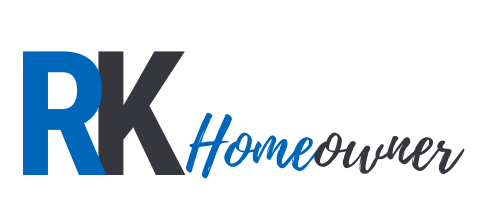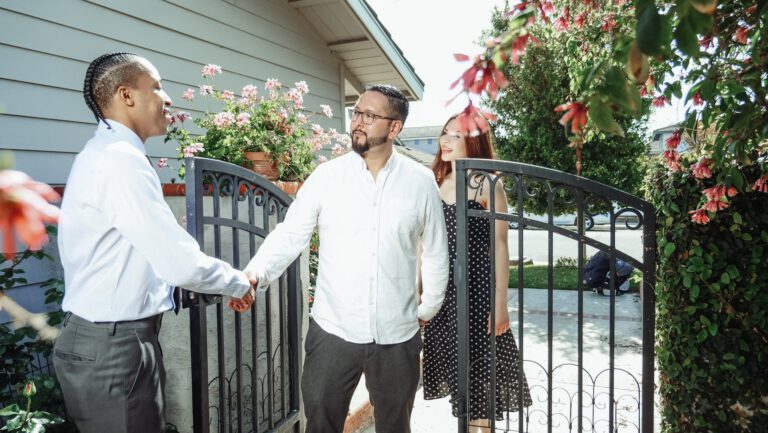5 Tips for Buying US Property (as a Canadian)
More than a decade ago, investing in US real estate was a wise choice for certain property investors. The US housing market collapsed in 2008 and for many American communities, the slow creep in property values took quite a long time.
These days, however, US real estate rarely offers the same bargain-basement deals that investors found in the aftermath of the 2009 global credit crisis. Rising inflation, a slow-moving economic growth rate and ongoing health and societal concerns make US property a much riskier place to park your investment dollar.
Still, there are those who are well-positioned to either take on these higher risks (and potential rewards), along with buyers who simply want to buy a second home south of the border as a part of their personal lifestyle choice.
If you are considering an American real estate investment, here are five factors to consider.
#1: Find the Right Market
One great aspect of shopping for real estate in America is the access to data and details. Not only can you find exact details on prior sold history, but you can also monitor and track trends, examine neighbourhood and community crime rates and discover whether or not a location or property type is sought after, as a rental.
The first place to stop is the municipality or county’s local real estate association or board. If that’s not known, start with the National Association of Realtors (NAR), and work your way down until the information becomes more granular and specific about the community you are interested in buying in.
Then drill down on sold data for your specific community and neighbourhood. Keep in mind, that current sale prices don’t tell the whole picture. You want to see an ongoing trend of housing property appreciation over the last decade (or longer, if possible). You’ll also want to look for frothy activity—big price swings or a surge in prices over a short period of time. Spotting areas with accelerated sales activity doesn’t mean you should avoid buying in those neighbourhoods—it just means you need to dig a little deeper to understand why prices have risen (or dropped) so quickly.
#2: Get Help
Once you have a general sense of the neighbourhoods with strong, consistent housing price growth—and perhaps questions about activity spikes or dips—it’s time to call in the pros.
Talk to real estate professionals that work in the communities where you want to buy. Ask them about specific properties, price trends and their general thoughts about sales activity now and into the near future.
Not only are you trying to collect information to help you make better-informed decisions, but you want to get a sense of how this real estate agent works. Is this person forthcoming? Do they guard information? Are they wishy-washy and non-commital in every answer they give? Or do they provide insights and details that will help you when you start to narrow down the property list? The idea is to find a knowledgeable real estate professional that knows the city, the area and the property type and is willing to help you using this expertise.
Once you’ve found the right Realtor to work with be sure to get their commitment to your goal—and start getting their new listings and updates feed sent to you on a daily basis.
#3. Firm Up Your Financials
Now that potential properties are being sent to your inbox you’ll need to firm up the financials.
For Canadians buying property south of the border, you’ll need to come up with at least 20% of the purchase price as a down payment.
You will also need to decide whether or not you’re applying for a US mortgage or funding your purchase using a Canadian lender.
If you opt to apply for a US mortgage, keep the following in mind:
The application and approval process on a US mortgage takes much longer than the application and approval for a Canadian mortgage loan. While most buyers in Canada can realistically expect mortgage approval within five days to two weeks, a US mortgage approval can take as long as two months.
If you apply for a US mortgage and have no US credit history you will not get the best rates.
US mortgage rates are advertised showing the lowest possible rate available—those with less than exceptional debt-to-income ratios or lower than exceptional credit scores will have ‘points’ added to their mortgage and more fees added to their loan contract.
If you opt to use a Canadian lender, keep the following in mind:
A Canadian bank cannot provide a traditional mortgage for an American property purchase, so don’t shop for rates until you talk to your lender.
Instead, a Canadian bank or lender can provide a second mortgage or Home Equity Line of Credit (HELOC), secured against your Canadian home; this money is then exchanged and used to pay for the US property, outright. However, to qualify for this type of loan, you will need more than 20% equity in your home, along with a good credit score and good debt-to-income ratios.
Getting your mortgage loan isn’t the only financial task. Be sure you have enough money set aside to pay for: Realtor fees (if the buyer requests you pay), home inspections, title insurance, legal fees, property taxes, annual expenses and one-time county registration.
Finally, be sure to factor in the exchange rate. While the Canadian dollar is quite strong, at the moment, there have been times when it’s dropped quite significantly—and this loss in value can really increase your purchase price if you’re not careful.
#4. Get Busy With Paperwork
Once you own US property, you’ll be required to fill out much more paperwork.
If you earn income from the property—say as a short-term vacation rental—you’ll need to file tax forms in both America and Canada.
To keep it easy, hire a cross-border tax specialist who can walk you through the allowable deductions and guide you through the process of obtaining an ITTN number—a US tax identification number.
If you don’t plan on earning any income from the US home, you won’t need to file US taxes or an ITTN—until you sell that property.
#5. Know Your Limits
Most Canadians buy US property to spend the winter down south. But a vacation home can turn into a bureaucratic nightmare if you don’t pay attention to the amount of time you spend in America.
The rule is to keep your stay in America to less than six months. Stay longer and you lose your Canadian resident status and health care coverage; you will also be required to file a US tax return.
But wait, the six-month rule isn’t quite that simple.
According to RSM Canada international tax specialist, Frank Casciaro, the IRS uses a complex three-year formula. This formula calculates the amount of time a non-resident spent in America in the last three years! This calculation includes the days you spent in America this year, plus a third of the days you were in the US last year, plus a sixth of the days you were in the US the year before that.
“If that number exceeds 183 days then you’re considered a resident of the US,” says Casciaro.
To play it safe, don’t exceed 180 days inside the US during a calendar year.







